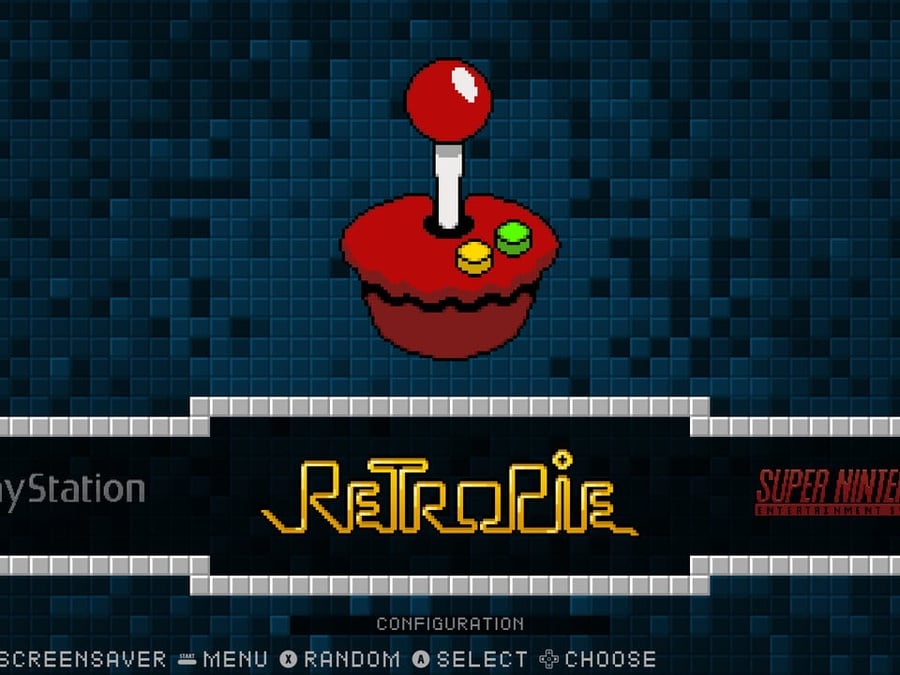

- #GET STARTED WITH LAKKA RASPBERRY PI 3 HOW TO#
- #GET STARTED WITH LAKKA RASPBERRY PI 3 INSTALL#
- #GET STARTED WITH LAKKA RASPBERRY PI 3 SOFTWARE#
- #GET STARTED WITH LAKKA RASPBERRY PI 3 CODE#

Okay, time out again - why are we passing these parameters to configure? configure -enable-alsa -enable-udev -enable-floathard -enable-neon -enable-dispmanx -disable-opengl1 Now to configure it: CFLAGS='-mfpu=neon'. From now on, we are going to assume use of 1.7.7, but this is more than likely not the latest release, so please do check the releases page for the latest version.
#GET STARTED WITH LAKKA RASPBERRY PI 3 CODE#
You can find the latest source of RetroArch on the Releases page of the official RetroArch github - you want to copy the link labeled "Source code (tar.gz)". Now that we have libraries, grab the source for the latest stable version of RetroArch. Without this, my DualShock 3 could be detected, but didn't actually work. This library is necessary to ensure compatibility with a wider range of input devices. This library ensures that RetroArch will have sound - kind of important.
#GET STARTED WITH LAKKA RASPBERRY PI 3 SOFTWARE#
Essentially it contains the bare minimum needed to compile software on Debian.

#GET STARTED WITH LAKKA RASPBERRY PI 3 INSTALL#
So let's get started: sudo apt install build-essential libasound2-dev libudev-dev Unlike some other tutorials, I believe in keeping things simple, explaining what flags I'm enabling and why, and not going overboard on bells and whistles or disabling things. It's probably a good idea to reboot at this point. Use this to fix your timezone: sudo dpkg-reconfigure tzdata Use this to fix your locale (choose en_US.UTF-8 if you live in the US): sudo dpkg-reconfigure locales Use this to fix your keyboard: sudo dpkg-reconfigure keyboard-configuration Unless you live in Great Britain, you will probably not be happy with some of the defaults.
#GET STARTED WITH LAKKA RASPBERRY PI 3 HOW TO#
You will also need to give the GPU at least 128 megabytes of memory in order to properly run the more advanced interfaces, see this tutorial for instructions on how to do that.Īfter that, make sure your system is totally up to date: sudo apt update Step 2: Get Comfortableįirst things first, you're going to need to get Wi-Fi set up. Write the image to your SD card using something like Win32 Disk Imager, or if you're using OSX/Linux follow a tutorial on how to write the image using dd. I used Raspbian Stretch Lite from this page. If there is a mistake or a broken link, PLEASE message me and I will fix it. This tutorial is mostly recreated from memory and was most recently tested with a Raspberry Pi 3 running Raspbian Stretch and RetroArch 1.7.7. I just wanted something that would run raw RetroArch, no frills. I was not a huge fan of RetroPie due to the reliance on Emulation Station - more moving parts meant that there were more things that could potentially break. I just put the finishing touches on my Raspberry Pi 3 emulation machine running RetroArch.


 0 kommentar(er)
0 kommentar(er)
